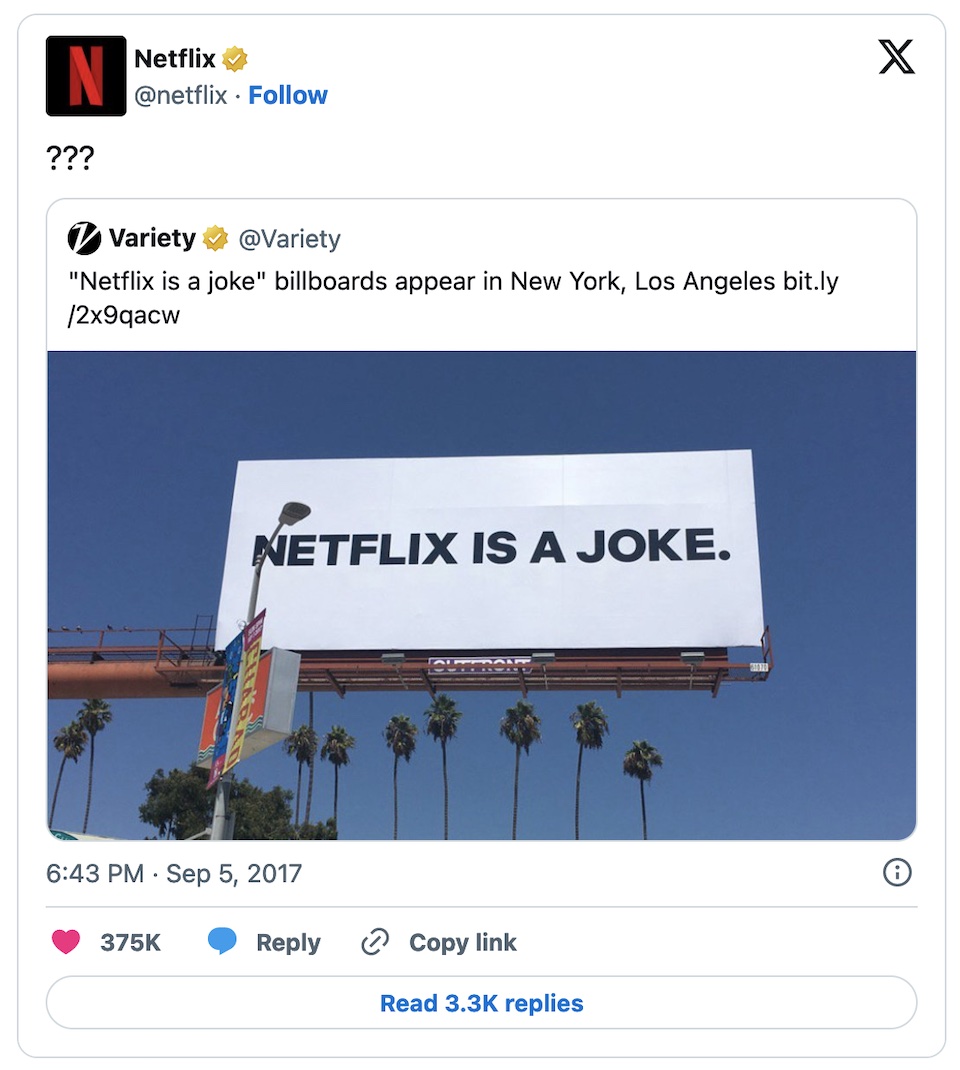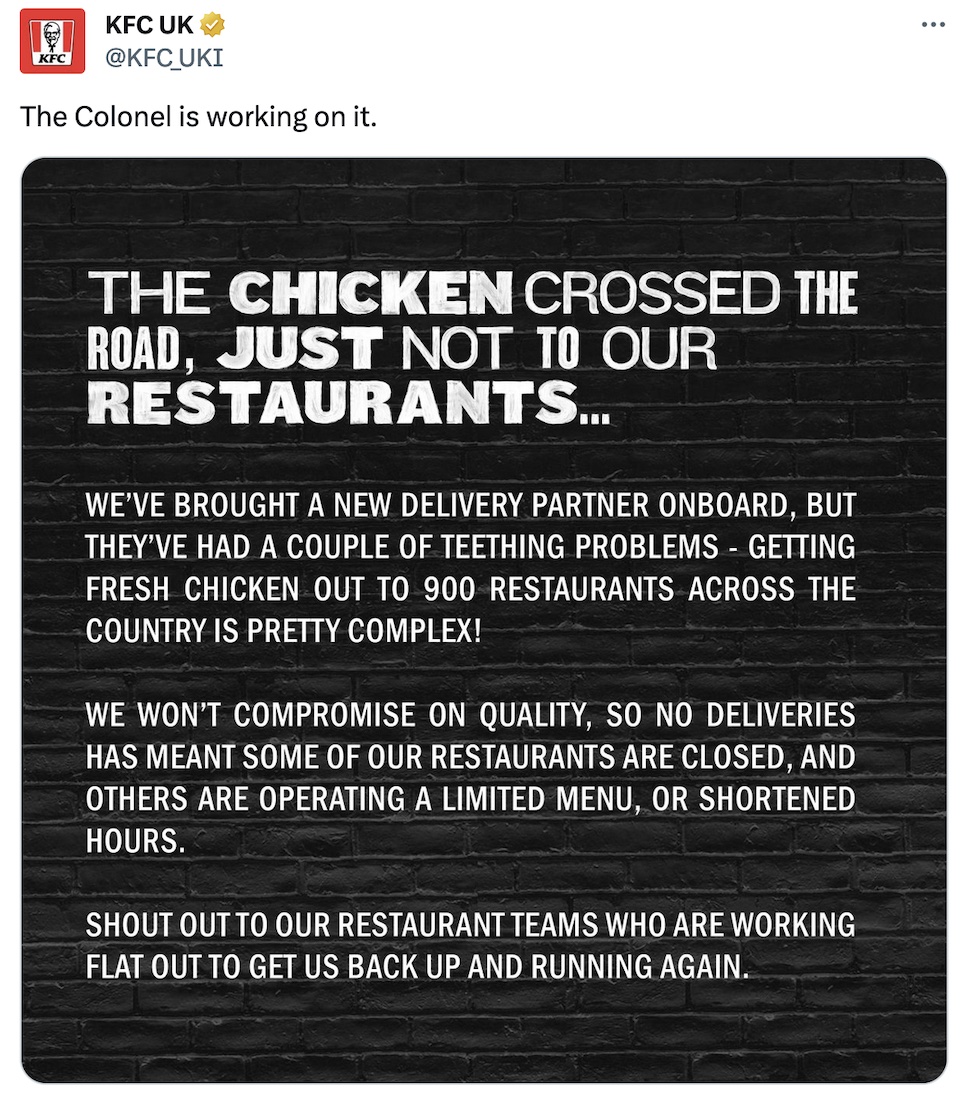Social listening means strategically tracking, analyzing, and responding to conversations about a brand or industry on social media. It’s more than just monitoring mentions and comments. It’s about understanding the context and emotions behind them. As such, social listening has become increasingly crucial for businesses that want to stay connected with their audiences and adapt to their evolving needs. Unlike social monitoring, which focuses on direct interactions and feedback, social listening dives deeper into indirect discussions and sentiments to offer a broader perspective on public perception. As opinions and trends shift rapidly, social listening provides a way for you to stay informed, responsive, and on top of your social media marketing strategies. Leveraging this approach can enable you to more deeply understand your audience, foster stronger customer relationships, and inform decisions that align with your market’s dynamics.
How Your Brand Can Benefit from Social Listening
Incorporating social listening into your brand strategy can upgrade your understanding of the market and improve your engagement with customers. It can give you a multifaceted view of your brand’s social presence, along with critical insights that can inform your decisions and planning. Social listening can help you:
Understand customer sentiment better. Social listening delves into the emotions and opinions expressed by customers, offering a clear perspective on how they experience your brand. This is useful as you tailor your tactics to the current state of your market.
- Get competitive analysis and market intelligence. When you monitor competitors and industry trends as part of your social listening, you get valuable insights into market gaps and opportunities that can inform the way you position and differentiate in the market.
- Manage crises and protect your brand. Social listening lets you detect potential issues or negative sentiment early, manage your brand’s reputation proactively, and respond swiftly to emerging crises.
- Inform your product development and innovation. Customer feedback and discussions reveal their unmet needs and preferences. That can help guide your product enhancements and innovation, and stay ahead of market demands and customer expectations.
- Improve customer engagement and loyalty. When you understand the desires and pain points of your audience you can create more relevant and engaging social media content. Doing so strengthens audience connections, fosters customer loyalty, and creates long-term relationships.
Each of these benefits can help you understand your brand’s market position more comprehensively, and stay relevant, competitive, and closely connected with your audience.
Data Types You Can Glean from Social Listening
Social listening yields a rich trove of data and diverse insights into various aspects of brand and market dynamics. The primary data type is customer sentiment and feedback, which reveals how customers view your brand, its products, or services. This data includes emotional reactions and opinions that can give you a detailed picture of both customer satisfaction and areas for improvement.
Another crucial data type is trend analysis, which involves identifying and understanding emerging patterns in consumer behavior, preferences, and market shifts. This analysis can help your brand stay ahead of the curve by adapting to new trends. Social listening also gathers competitor insights that offer a view into competitor strategies, strengths, and weaknesses, and enable you to position your brand more effectively in the market.
Lastly, social listening can track brand health metrics, like share of voice, engagement rates, and brand mentions. These metrics can offer a quantitative assessment of your brand’s visibility, reputation, and overall health.

Social Listening Tactics for Immediate Implementation
Implementing social listening tactics can help you respond proactively to market changes, tailor your content more effectively, and build stronger relationships with your audience. Here are some key tactics that you can start executing right away:
- Keyword monitoring. Track specific brand-related keywords, hashtags, and industry terms to stay informed about relevant conversations. Doing that can help you understand how often and in what context people mention your brand, and help you understand public perception and areas for strategic focus. In 2018, Starbucks monitored keywords on Twitter and Instagram to track public response to their holiday cup designs to understand customer sentiment and enhance their holiday marketing efforts.
- Influencer collaboration. Use social listening to identify key influencers whose audience aligns with your brand’s target demographic. Collaborating with these influencers can extend your brand’s reach and enhance your brand’s credibility.
- Optimizing customer service. Monitor social media for customer complaints or queries, and respond promptly and effectively—preferably with a solution at hand. This improves customer satisfaction and loyalty, turning potential crises into opportunities for positive engagement.
- Content strategy development. Base your content strategy on insights from social listening. Getting a grasp on popular topics, concerns, and preferences helps create engaging and relevant content that resonates with your audience. For instance, Netflix often creates content and memes based on trending topics and discussions related to their shows, identified through social listening.
- Crisis alert and response. Detect negative sentiment spikes or emerging issues to manage potential crises. When you respond quickly with useful information, you can protect and even boost your brand’s reputation in challenging situations. In one classic example, KFC’s response to their chicken shortage crisis in the UK used social listening to quickly speak to customer dissatisfaction with a clever, apologetic response that turned a potential PR disaster into a brand win.
Putting social media tactics to work can make your social media strategy more responsive, relevant, and engaging. By staying on top of the conversation on your platforms, you can maintain an impactful presence for your brand.

The Role of Social Listening Tools
Social listening tools are vital for brands to navigate the complexities of online conversations and market dynamics. Each tool offers unique features that cater to different aspects of social listening. Here are some examples:
- Real-time analytics: Tools like Brandwatch can provide real-time insights into current trends and conversations that can enable you to react swiftly and stay relevant on your social media platforms.
- Comprehensive data aggregation: Hootsuite Insights is known for its extensive capability to collect data from a wide range of social platforms, which can give you a comprehensive view of your online presence and audience interactions.
- Advanced sentiment analysis: Sprout Social offers deep sentiment analysis that interprets the tone and nuances of social conversations. This can help you understand not just what your audience says, but also their underlying emotions and attitudes.
- Integrative market research: Meltwater combines social listening with broader market research to give you a holistic view that includes both social insights and traditional market data. That kind of integration can help you understand the market better and make decisions more strategically.
Each of these tools can play a crucial role in a brand’s social listening strategy, contributing to a comprehensive understanding of the market and enabling informed, strategic decisions. By leveraging these tools, brands can effectively interpret the moods of their audience and market, turning insights into actionable strategy.

Integrating Social Media Automation with Social Listening
When combined with social listening, social media automation can help bring your brand’s social media strategy to the next level. Automation platforms like dlvr.it streamline content distribution across your social channels, ensuring timely, targeted, relevant, and consistent engagement with your audience. Social listening insights can inform how you create and schedule your posts so they’re relevant to current trends, audience sentiments, and emerging conversations. Automated posting ensures that your brand remains active and engaged, while social listening data can provide direction that makes each post resonate with the audience. The combination can save you time and resources, and boost the power of your campaigns to increase engagement, loyalty, and the impact of your brand presence on social.
The post How Social Listening Can Take Your Strategy to the Next Level appeared first on dlvr.it | blog.